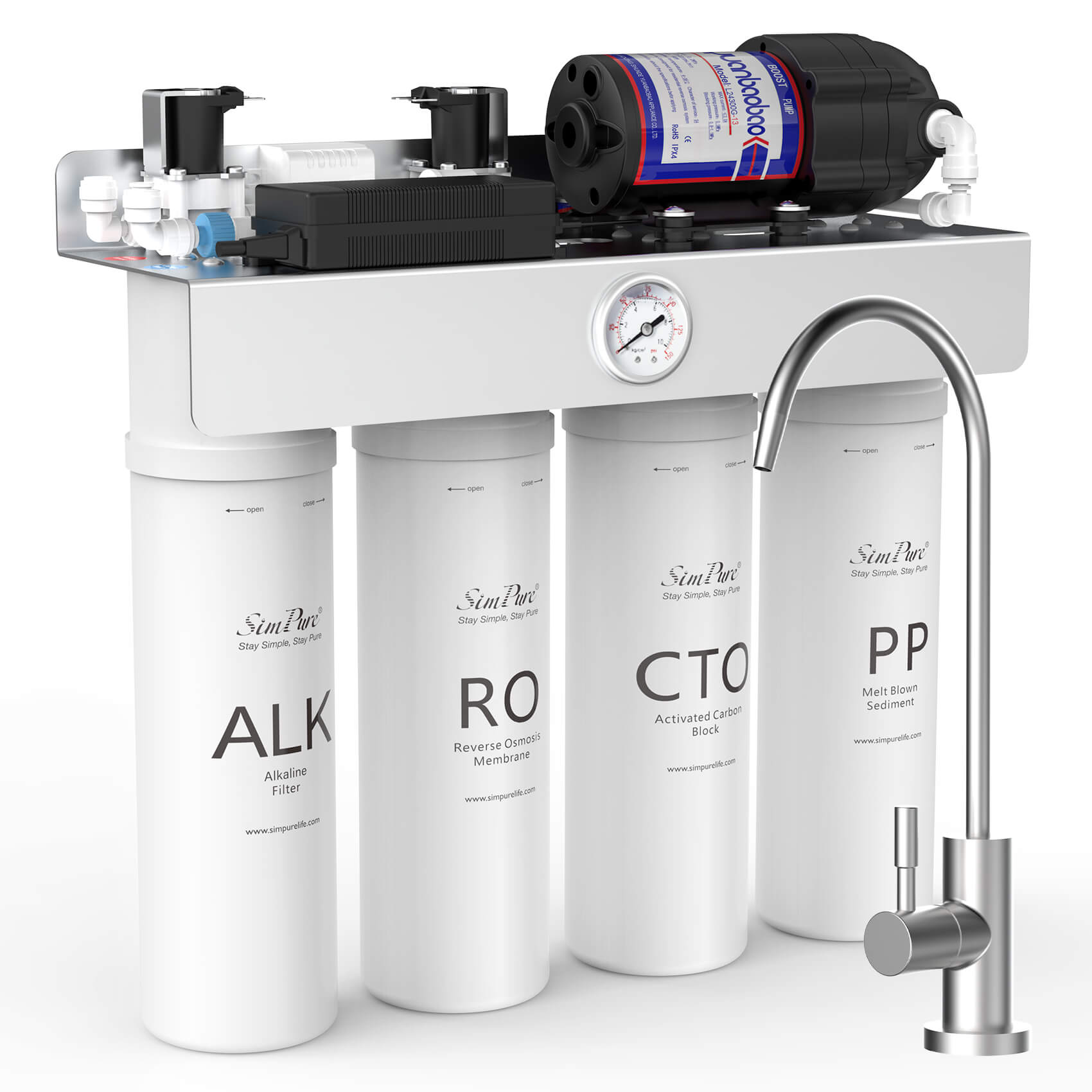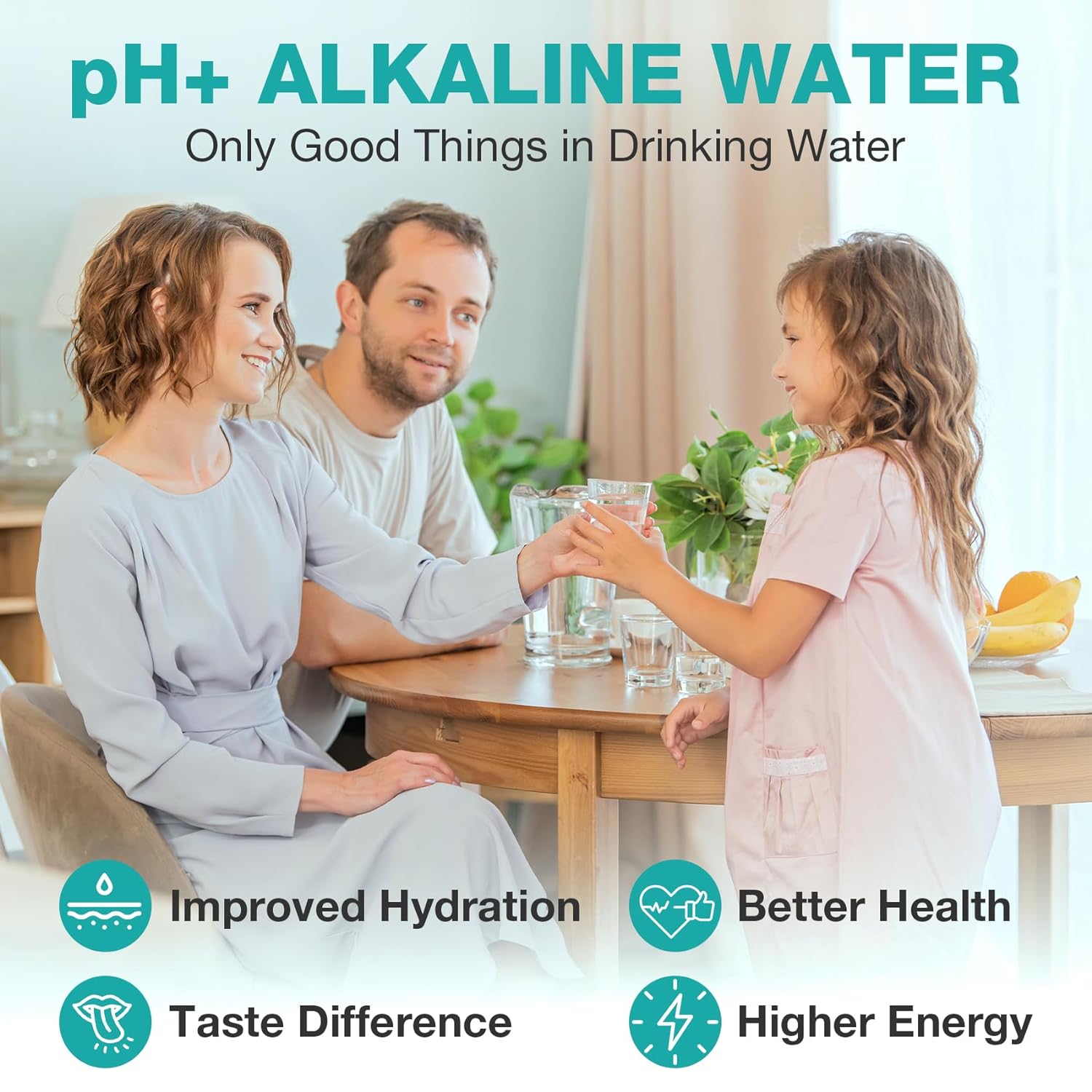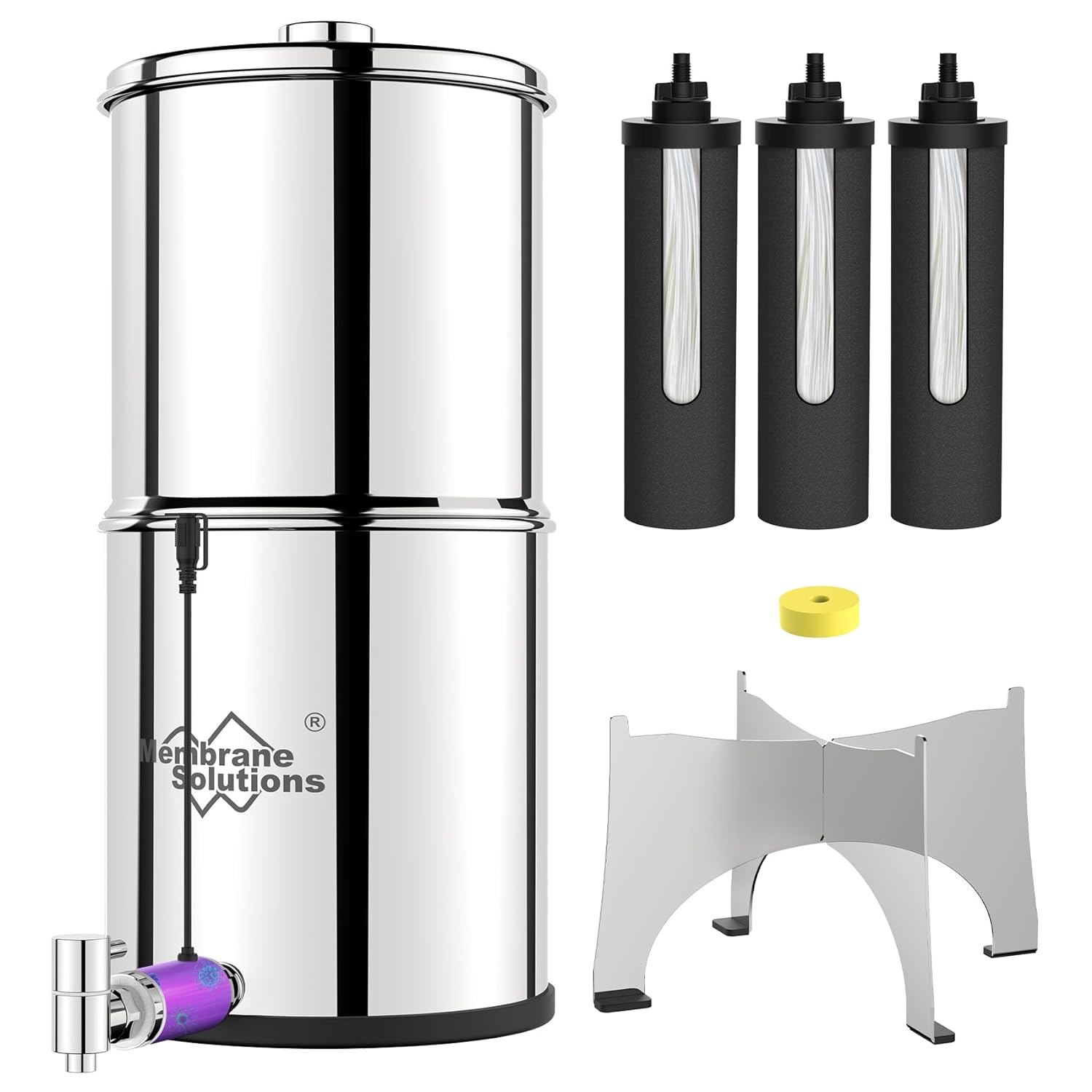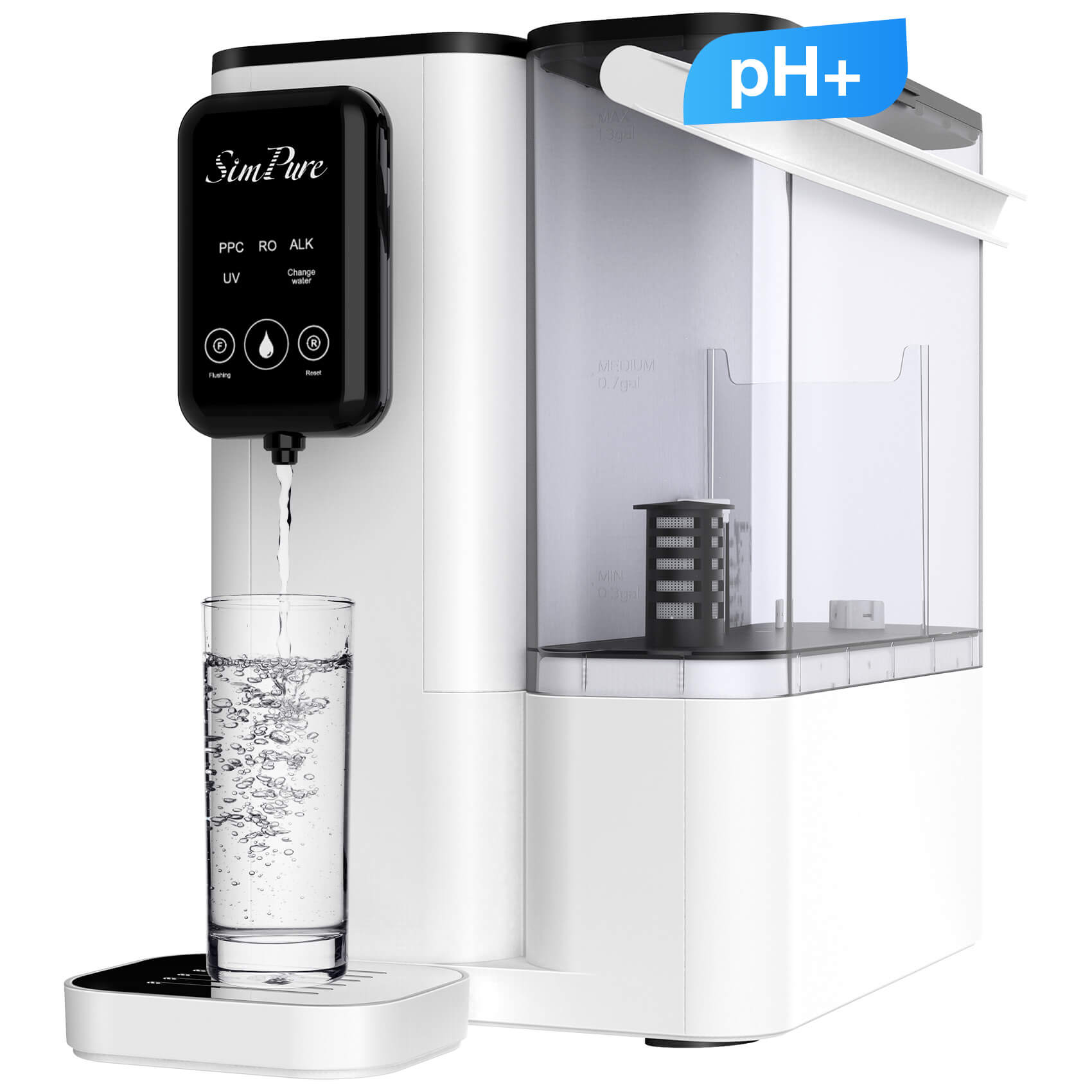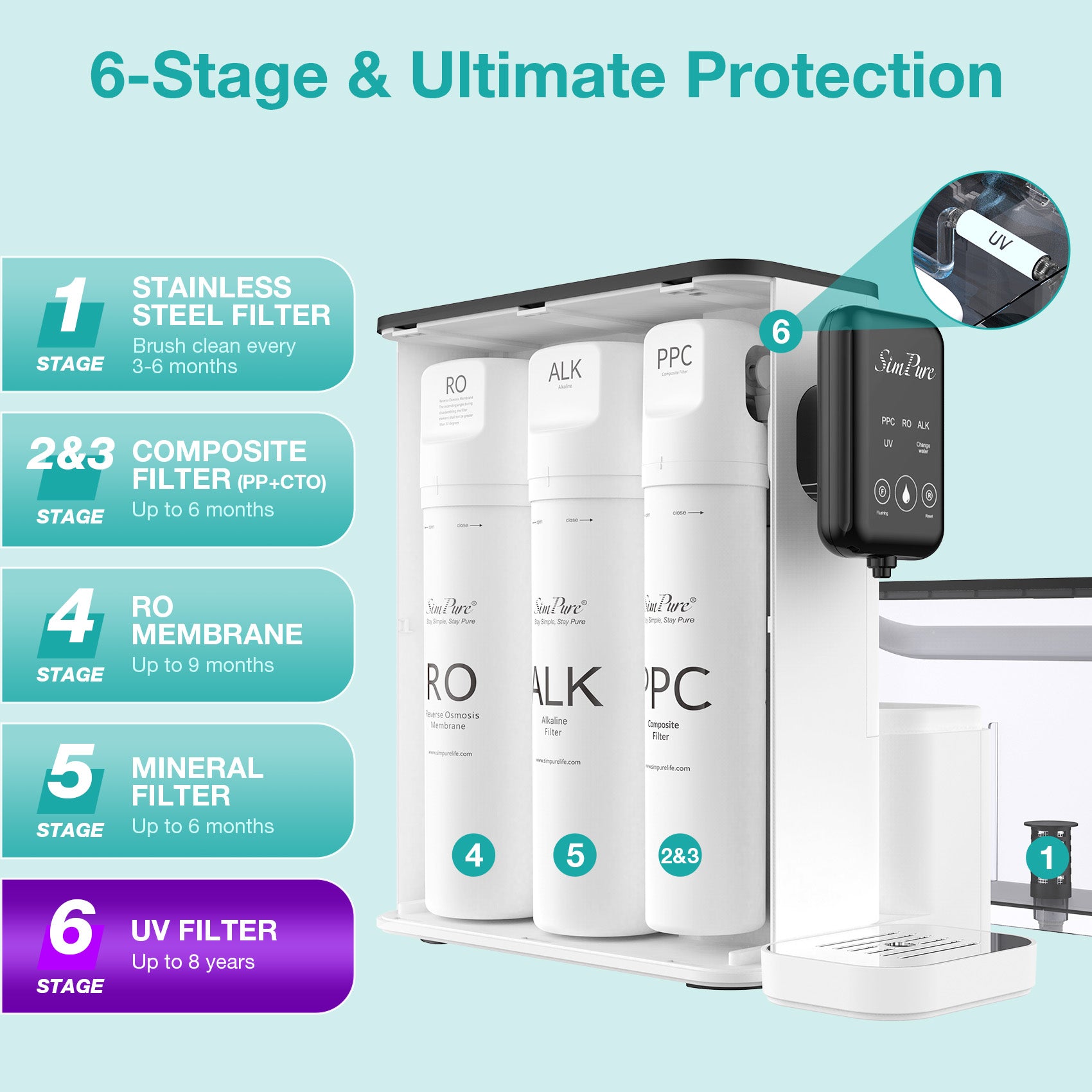Many customers report that sometimes they have headaches, sore throat and cough symptoms when using the air purifier. Can an air purifier really cause coughing or headaches? Follow SimPure, this blog will answer for you.
Air Purifiers Typically Won't Cause Headaches, Coughs, Or Sore Throat
In most cases, air purifiers will definitely not cause headaches coughs and sore throat. However, if you choose a low-quality negative ion air purifier that produces excessive ozone, or is not ventilated in a sealed space, you may experience headaches and cough symptoms. Generally, the cause of coughing and headaches caused by air purifiers is the generation of ozone or secondary pollution.
Causes of Why My Air Purifier Making Me Sick
1. Excessive Ozone Leads to Headache and Cough

If the purification method of the air purifier you use is electrostatic precipitator or negative ion, it is very likely that the ozone will exceed the standard. negative ion air puriffier is different from traditional air purifier which using negative ions to initiatively capture harmful substances in the air. The harm of negative ion air purifiers is that when negative ions are generated, it will produce a derivative of ozone. Excessive ozone will cause harm to you and may cause headaches.
At present, the air purifiers with negative ion function are not special negative ion generators, and the negative ions generated usually can not meet the requirements of small molecules, high activity and long migration distance. Instead, it is integrated in the air purifier as an additional function. While generating negative ions, the ozone decomposition catalytic facility is not used due to cost constraints, which will generate more impurities such as ozone and free radicals. Ozone can irritate people's eyes, nose, and throat, and can cause sore throat headaches and coughs.
2. Excessive Indoor CO2 Concentration Causes Headaches
If you do not open the window when using the air purifier in a small room such as a bedroom, because the lack of ventilation will increase the indoor CO2 concentration, hinder the synthesis of blood oxygen, cause insufficient oxygen concentration, and cause headaches.
3. Indoor Formaldehyde Causes Headache and Cough
If the indoor formaldehyde concentration is too high when the air purifier is used, due to the limited removal of formaldehyde by the air purifier, when the formaldehyde concentration is low, it can cause headaches and discomfort in the nasal mucosa, such as sneezing, runny nose, etc. , can also cause sore throat, cough and other symptoms. When the concentration is high, symptoms such as chest tightness and nausea may even occur.

4. Secondary Pollution of Air Purifiers
Most air purifiers on the market usually use filters for purification. If the frequency of opening is relatively high, the dirt left on the filter will accumulate more and more, and the filter will be blocked over time. At this time, the purifier not only cannot continue to purify, but also blows the dirt accumulated on the filter back into the air with the operation of the fan, and the air purifier becomes a new source of pollution. If the air purifier does not have a good sealing performance, when the pollutants on the filter screen are saturated, it is easy to be emitted from the air outlet, and then it may be directly discharged into the air through the fan to produce secondary pollution.
How to Avoid Cough Headaches Caused by Air Purifiers?
1. In order to avoid the problem of coughing and headache caused by inferior air purifiers, we should consider the filter screen, structure and air duct, and airtightness of the air purifier itself when selecting an air purifier. In addition, the position of the activated carbon filter screen of the air purifier should also be considered. If the filter screen is in the front position, the activated carbon will adsorb air particles and gaseous pollutants at the same time. Effect. In order to avoid secondary pollution caused by air purifiers, it is necessary to consider the performance of air purifiers and the ability to purify pollutants.
2. Negative ion air purifiers will inevitably generate ozone, and whether ozone will be generated is related to the technology used by the air purifiers. Therefore, when choosing a negative ion air purifier, you must choose a negative ion air purifier with ecological negative ion release technology to avoid ozone generation, which will cause indoor air pollution and pose a threat to your health.
3. In addition to picking a high-quality air purifier, it's also important to use the air purifier correctly. Because the filter screen of the air purifier will accumulate a lot of dust and impurities during use, if the dust particles on the filter screen are saturated, it will not only be difficult to achieve the effect of purifying the air, but also pose a threat to our health. Therefore, in the process of using the air purifier, the filter should be replaced in time to avoid secondary pollution. In addition, in the process of using the air purifier, you should also pay attention to opening the windows for ventilation, and staying in a closed environment for a long time will also cause headaches.
In general, when purchasing an air purifier, such as air purifier for pet, you should choose a product with a more reliable filter element and use the air purifier correctly. A good-quality air purifier will not cause the problem of coughing and headache caused by secondary pollution, and will also significantly improve the indoor air quality. Proper use of an air purifier not only really does its job, but it also protects the air purifier and prolongs its lifespan. In addition, it is necessary to consult the businessman about the filtration technology used and whether it will produce ozone, thereby avoiding secondary pollution.





